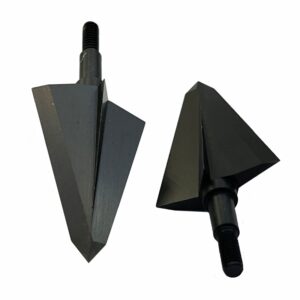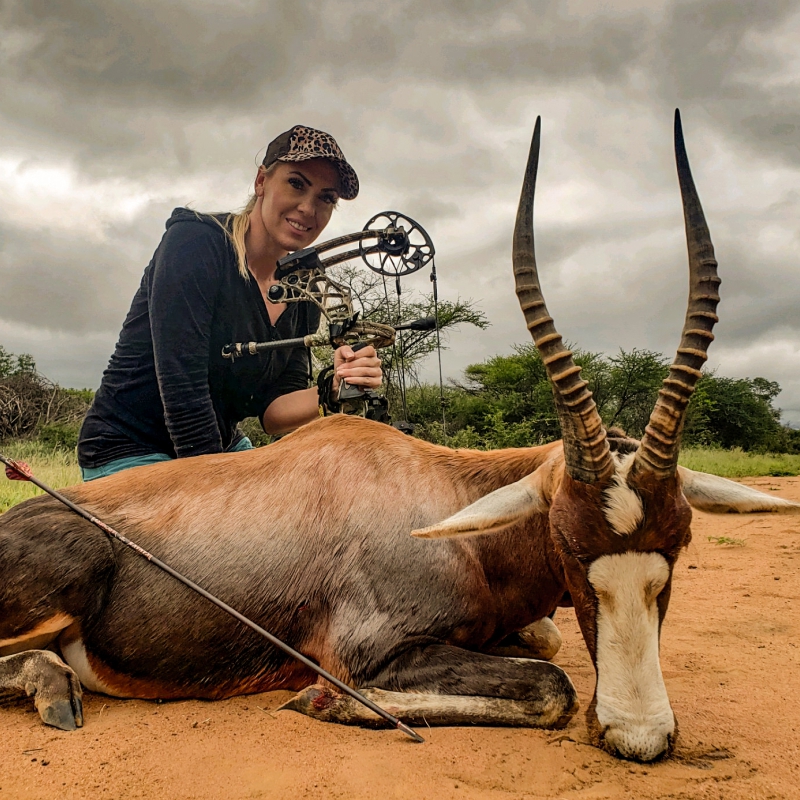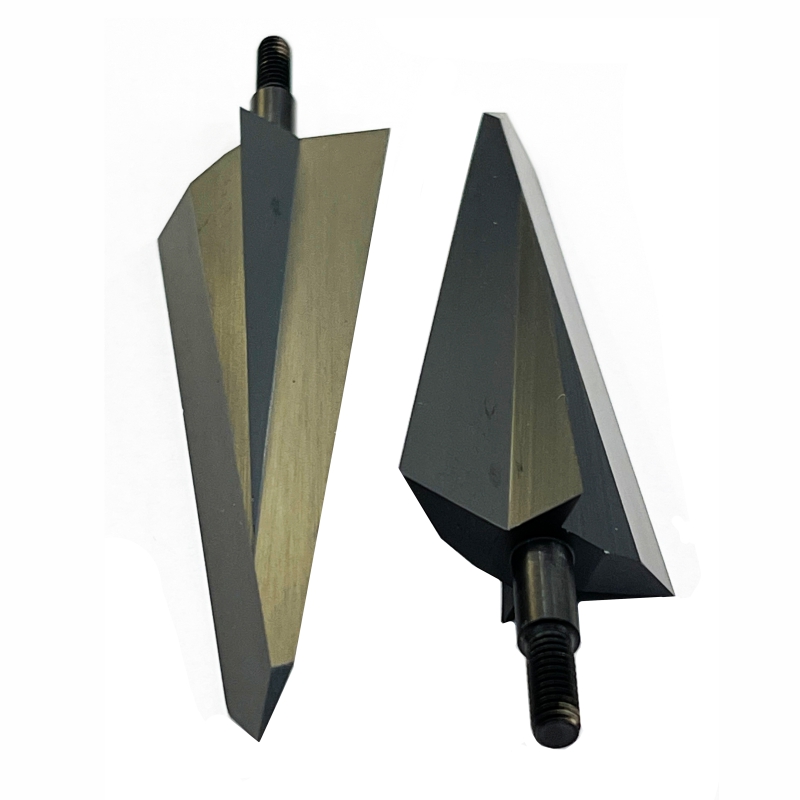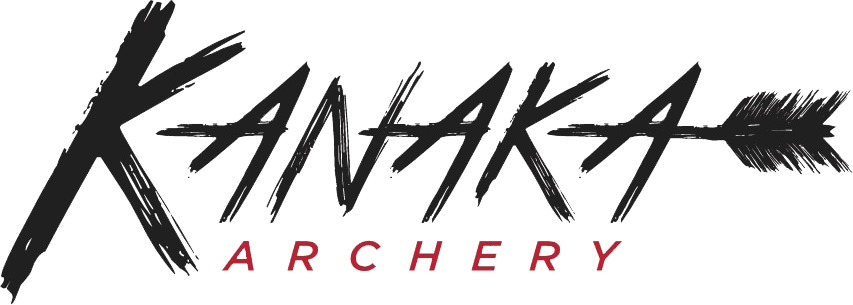What unique features of double-single bevel 2/4 blade broadhead sets it apart
Engineering
Broadhead design
- Double single bevel. Increases rotation and bone splitting ability
- Secondary blade contributes to structural strength-not add on blade but integral part of structure
- Increase in total cutting edge length without increasing weight or compromising structural integrity
- 4 blade wound incision without decreasing penetration compared to 2 blade
- Absence of traditional ferrule to maximize strength without excess materials
- Tanto tip that allows maximum sharpness, bone splitting ability, maximum rotation of broadhead.
Quick and ethical harvesting of game animals with archery tackle is dependent on penetration of the broadhead/arrow and creating a wound within the body cavity. The most ethical and rapid method to dispatch game is bilateral lung collapse. This is most efficiently accomplished by the broadhead completely passing though the chest cavity thus creating a wound channel through both lungs and an opening through the chest wall, lungs, connective tissue, and skin into the ambient atmosphere.
The penetration benefits of a single bevel, fixed, two blade broadhead have been well established1. The disadvantages have also been identified as little to no blood trails for standard fixed 2 blade broadhead. Fixed two blade broadheads create a single slit like openings that can quickly close to seal wound channels and skin openings. The small secondary blades of our design allows for a 4 flap entrance and exit wound that cannot close like a single slit. This allow ambient atmosphere to enter the chest cavity causing the lungs to collapse. (In medical term this lung collapse is called pneumothorax and if both lungs sustain an open pneumothorax death rapidly ensues)
Bleeder blades are being used as add on to some fixed 2 blade broadheads which are not integral to the monolithic 2 blades currently on the market.
There are many variations of monolithic 3 and 4 blade broads currently available but none of which have a double single bevel design. 3 and 4 blade double bevel broadheads demonstrated inferior penetration compared to 2 blade designs.
Our designs incorporates a “double-single” bevel monolithic broadhead with an integral bleeder blade. The bleeder blade is also a single bevel in the same orientation as the main blade and has a smaller profile than most bleeder blades.





The advantages of this 2/4 blade double–single bevel design with integral bleeder blades include:
- Creates a 4 flap entrance and exit wound that creates a blood trail unlike a 2 blade which produces a slit that easily seals the entrance and exit wounds.
- Provides deeper penetration. The smaller profile bleeder blade has shown to penetrate deeper than a standard 2 blade with a noncutting ferrule, but maintains the same structural integrity and rigidity.
- Provides greater bone splitting and tissue penetration. The greater rotation after impact increases bone splitting ability.
- Increased internal hemorrhaging. The single bevel broadhead rotation causes more of a spiral wound channel and increases internal bleeding. Two single bevels (4 blades) increases the amount of rotation.
- No sudden or rough transition changes as the broadhead penetrates. Increase penetration by reducing sudden change in the cross sectional profile or contact surfaces and hence reducing vibration, yaw or drag.
1Dr. Ashby’s Report
12 arrow penetration factors
- Structural Integrity
- Perfect Arrow Flight
- FOC (greater than 20%)
- Mechanical Advantage (3 to 1)
- Shaft Diameter (smaller than ferrule)
- Arrow Mass (higher is better)
- Edge Finish (honed-stropped)
- Arrow Profile (tapered)
- Broadhead Silhouette (smooth)
- Bevel (Single)
- Tip Design (Tanto)
- Heavy Bone Threshold (650 grains)
